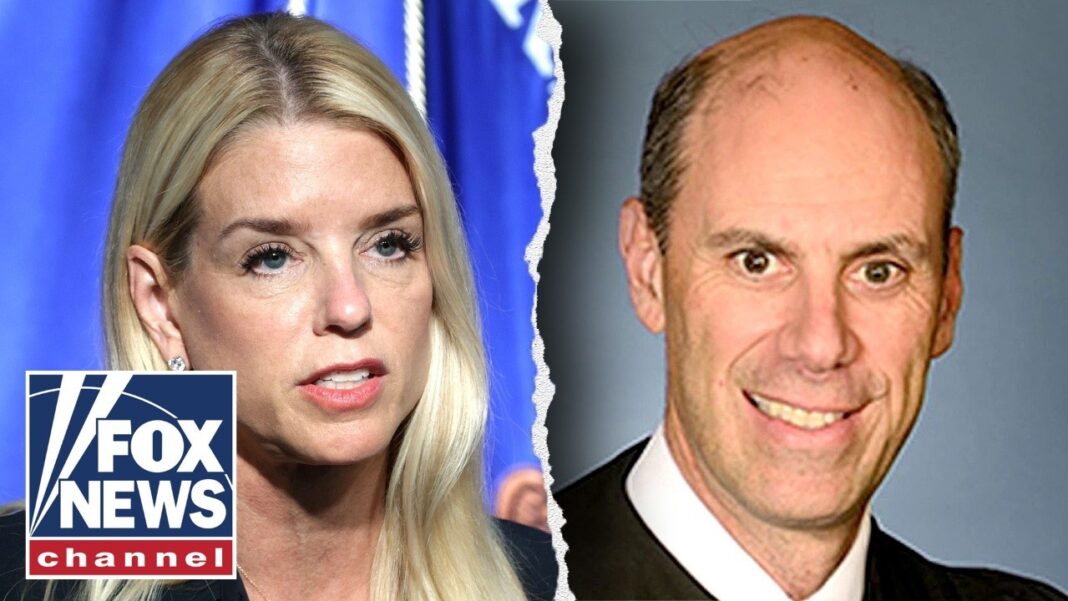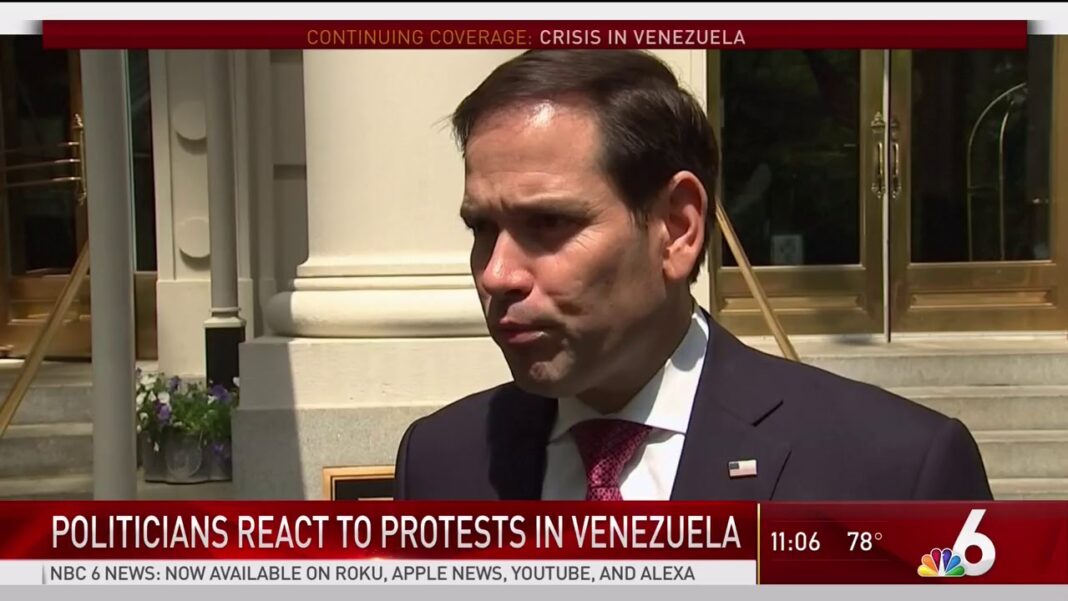AI boom, meme-stock mania, and record borrowing to buy stocks are fueling talk of a market bubble.
For more than two years, U.S. stocks have pushed higher almost without pause. Tech giants fueled by the artificial intelligence (AI) boom dominate headlines, meme stocks are staging spectacular comebacks, and investors are borrowing record sums to chase gains.
With valuations stretched and bullish sentiment running high, many are asking: Are U.S. stocks in a bubble?
“Bubbles are easy to identify in hindsight, but not necessarily when you are inside the froth,” Michael Ashley Schulman, CFA, chief investment officer for California-based Running Point Capital Advisors, told The Epoch Times via email. “And even when you can identify them at the moment, it is tremendously difficult to know how long they will last.”
Nobel Prize‑winning economist Robert Shiller offers a framework for considering the question of whether markets are now in a bubble. In his book Irrational Exuberance, Shiller compares identifying bubbles to diagnosing a mental illness: no single symptom proves it, but the more that appear, the stronger the case.
Soaring Prices and Valuations
Shiller’s first warning sign is runaway prices relative to fundamentals. Today, his own cyclically adjusted price‑to‑earnings (CAPE) ratio sits near 38 times earnings—more than twice its long‑term average and comparable to peaks seen during the dot‑com boom.
Schulman says this “everything rally” feels eerily familiar.
“Today’s everything rally may uncomfortably hint at prior manias,“ Schulman told The Epoch Times. ”Valuations reminiscent of past near-term tops, margin leverage above normal, and retail euphoria straight out of the 2021 Reddit playbook, only this time with a crypto and AI twist.”
Pierre Dongo‑Soria, CFA, principal investment strategist at Russell Investments, said in a May 2024 analysis of Shiller’s framework that valuations may be high in some sectors, but it doesn’t necessarily amount to a full‑blown bubble.
“Specific sectors, such as AI or technology stocks, might appear frothy, but the overall system can sustain some level of exuberance,“ Dongo-Soria wrote. ”A balloon can hold some air without bursting. Similarly, assets reaching overvalued territory and then correcting does not necessarily indicate a bubble. It is part of usual market behavior.”
Schulman also offered a counterpoint to the bubble narrative: some “shock absorbers” remain in effect. The Federal Reserve has kept interest rates “relatively normalized,” and unlike during the dot‑com bubble, today’s tech firms have “real earnings and real earnings growth.”
By Tom Ozimek







